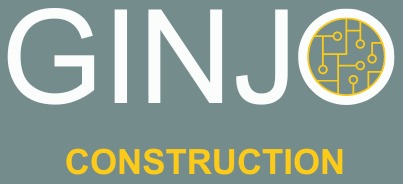The False Saving
Value engineering is meant to protect budgets. Too often, it becomes a box-ticking exercise that strips out quality without actually reducing cost.
Where does it go wrong?
- Swapping materials for cheaper alternatives that don’t perform.
- Cutting scope without analysing lifecycle impact.
- Making late-stage changes that drive up prelims and rework.
- Focusing on short-term savings instead of long-term value.
The Root Cause
Most value engineering exercises are rushed, reactive, and driven purely by cost pressure. Without proper analysis and collaboration, VE becomes cost-cutting, not value creation.
One real-world example:
On a £30m healthcare project, cheaper flooring was selected to “save” £120k. Within two years, replacement works cost the client £450k – turning a short-term saving into a long-term loss.
How to Get It Right
The best commercial teams:
- Involve all stakeholders early in VE workshops.
- Balance capital cost against lifecycle and maintenance.
- Assess programme impact before approving changes.
- Benchmark options against industry data, not assumptions.
Final Thought
True value engineering reduces cost without reducing quality. Anything less is just cutting corners – and those corners cost more in the end.

